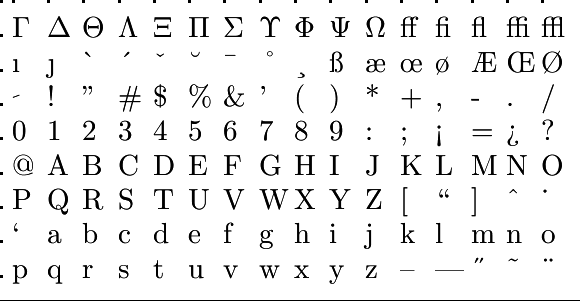The sum of #n# terms of a geometric sequence can be written as:
\[s_n=t_1+t_2+t_3+\cdots+t_{n-1}+t_n=\sum_{k=1}^{n} t_k\]
If we want to calculate the sum for large values of #n#, it can be a lot of work to calculate this term by term and then add them. It is way quicker to use the general formula for the sum of the terms of a geometric sequence.
The sum of the first #n# terms of a geometric sequence #t_k# is equal to \[s_n =\sum_{k=1}^{n} t_k=t_1 \cdot \frac{r^n-1}{r-1}\]
We can prove this statement by using the fact that if we multiply a geometric sequence by the common ratio we end up with a new geometric sequence, that is equal to the first one apart from two terms.
A geometric sequence is of the form: #t_1#, #t_1 \cdot r#, #t_1 \cdot r^2#, #\ldots#.
Assume we want to add the first #n# terms of such a geometric sequence, we get the following sum:
\[s_n=t_1 + t_1 \cdot r + t_1\cdot r^2 + t_1 \cdot r^3 + \ldots + t_1 \cdot r^{n-2} + t_1 \cdot r^{n-1}\]
Now we multiply the sequence by#r#. We then get:
\[r \cdot s_n= t_1 \cdot r + t_1 \cdot r^2 + t_1 \cdot r^3 + \ldots + t_1 \cdot r^{n-1} + t_1 \cdot r^{n}\]
Now we subtract #s_n# from #r \cdot s_n#. This gives us:
\[\begin{array}{rcl}r \cdot s_n -s_n &=& (t_1 \cdot r + t_1\cdot r^2 + t_1 \cdot r^3 + \ldots + t_1 \cdot r^{n-2} t_1 \cdot r^{n-1} + t_1 \cdot r^{n}) \\ && - (t_1 + t_1 \cdot r + t_1\cdot r^2 + t_1 \cdot r^3 + \ldots + t_1 \cdot r^{n-2} + t_1 \cdot r^{n-1})\end{array}\]
If we reorder the terms, we get:
\[\begin{array}{rcl}(r-1) \cdot s_n &=& -t_1 + t_1 \cdot r - t_1 \cdot r+t_1 \cdot r^2 -t_1 \cdot r^2 + \ldots \\&& + t_1 \cdot r^{n-2} - t_1 \cdot r^{n-2} + t_1 \cdot r^{n-1} - t_1 \cdot r^{n-1} + t_1 \cdot r^n\end{array}\]
We see that most terms cancel each other out, we are left with:
\[(r-1) \cdot s_n = -t_1 + t_1 \cdot r^n\]
If we now move #(r-1)# to the other side, we have:
\[s_n = \frac{t_1 \cdot r^n-t_1}{(r-1)}=t_1 \cdot \frac{r^n-1}{r-1}\]
If #r# is less than #1#, it can be convenient to multiply the numerator and denominator by #-1# in the fraction.
The formula then becomes: \[s_n =\sum_{k=1}^{n} t_k=t_1 \cdot \frac{1-r^n}{1-r}\]
The advantage is that the denominator of the fraction is positive.
If #r=1#, then the fraction in the formula is not defined, since the denominator is equal to #0#. Then, the sequence is constant, hence, the sum of the first #n# terms is equal to #n\cdot t_1#.
With this formula, we can easily calculate the sum of #n# terms of the geometric sequence if we know the number of terms, the first term and the common ratio.
From a geometric sequence #t# the initial term is #t_1=2# and the common ratio is #r=5#.
Calculate #\sum_{k=1}^{7} t_k#.
#\sum_{k=1}^{7} t_k=# #39062#
The formula for the sum of the first #n# terms of a geometric sequence is equal to: \[\sum_{k=1}^n t_k=t_1 \cdot \frac{r^n-1}{r-1}\]
In this case we have
Which gives us:
\[\sum_{k=1}^{7} t_k=2 \cdot \frac{5^{7}-1}{5-1}=39062\]
 Geometric series
Geometric series




